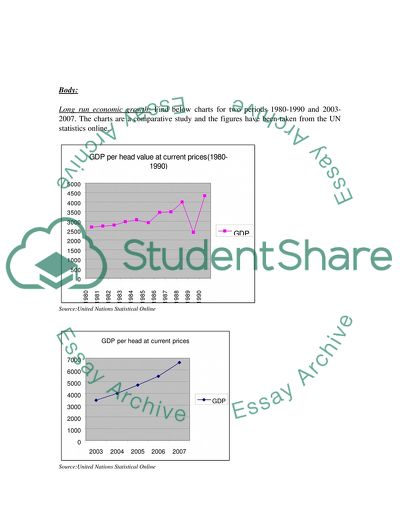Cite this document
(Economic Stability of Argentina in the Path of Globalization and Its Case Study, n.d.)
Economic Stability of Argentina in the Path of Globalization and Its Case Study. https://studentshare.org/macro-microeconomics/1720390-argentina
Economic Stability of Argentina in the Path of Globalization and Its Case Study. https://studentshare.org/macro-microeconomics/1720390-argentina
(Economic Stability of Argentina in the Path of Globalization and Its Case Study)
Economic Stability of Argentina in the Path of Globalization and Its Case Study. https://studentshare.org/macro-microeconomics/1720390-argentina.
Economic Stability of Argentina in the Path of Globalization and Its Case Study. https://studentshare.org/macro-microeconomics/1720390-argentina.
“Economic Stability of Argentina in the Path of Globalization and Its Case Study”. https://studentshare.org/macro-microeconomics/1720390-argentina.


